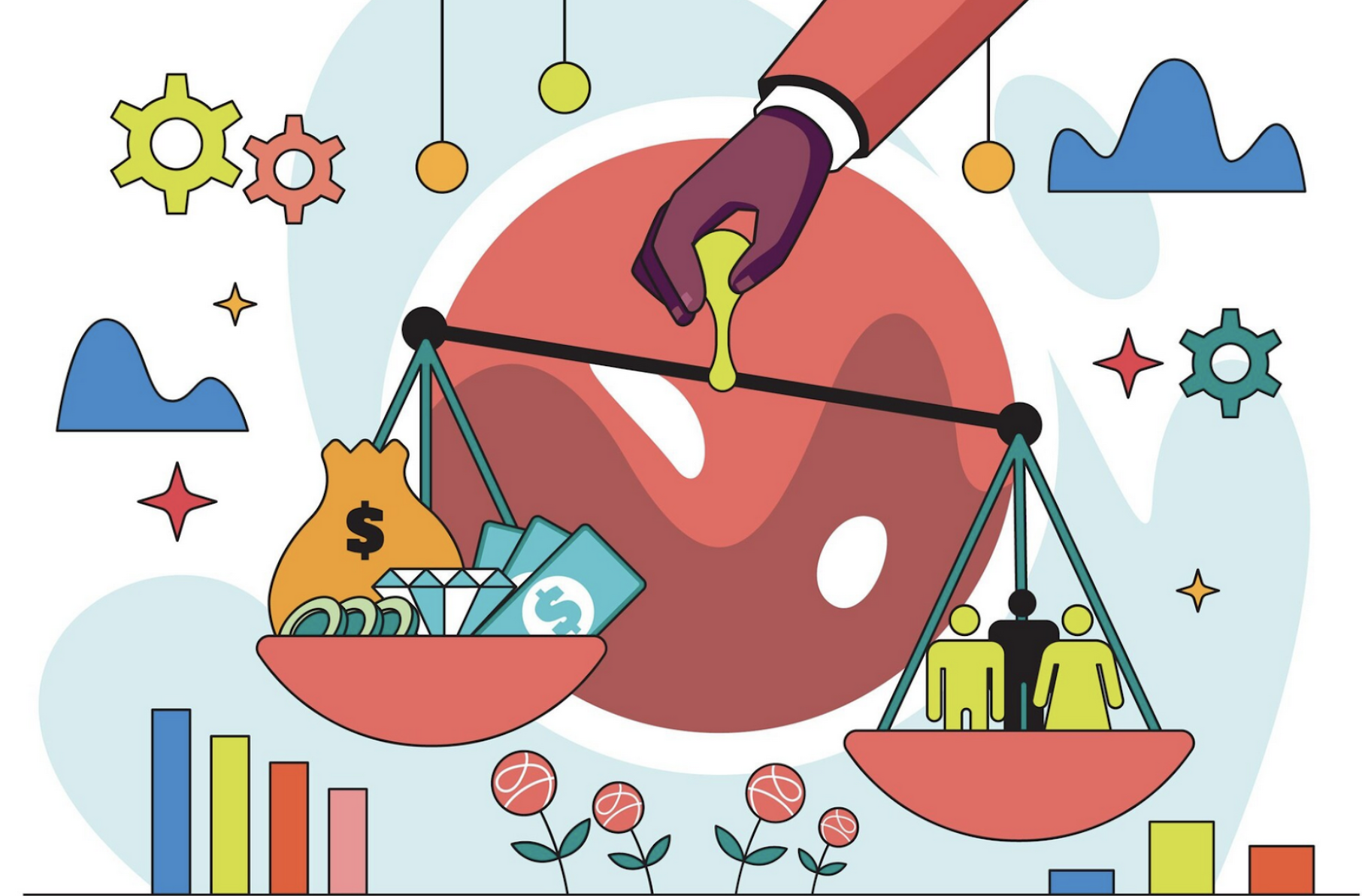
Democratizing Governance, Risk & Compliance: A New Era for Business Agility
August 11, 2025
Neepa Patel
In today’s fast-paced business landscape, agility is no longer a competitive advantage—it is a survival requirement. Organizations are under constant pressure to innovate, respond to market changes, and deliver value faster than ever before. Yet, this rapid pace often collides with the rigid demands of Governance, Risk, and Compliance (GRC). Traditionally, GRC has been viewed as a control function—necessary, but complex and slow-moving. However, a new approach is emerging: democratizing GRC to empower stakeholders across the organization.

Democratizing GRC means making governance, risk management, and compliance responsibilities accessible, understandable, and actionable for everyone—not just compliance officers or legal teams. By integrating these principles into everyday workflows, businesses can create a culture of shared responsibility that supports faster decision-making and drives sustainable growth.
From Gatekeeper to Enabler
Historically, GRC has been centralized, with specialized departments serving as gatekeepers. While this ensured oversight, it often created bottlenecks. Employees outside compliance functions saw GRC as “someone else’s job,” leading to gaps in awareness and slow responses to emerging risks.
A democratized GRC model changes this dynamic. Rather than acting solely as enforcers, compliance teams become enablers—providing the tools, training, and frameworks for every department to understand and manage risks. This shift empowers business units to take ownership of compliance in their daily operations, reducing delays and fostering a proactive approach to risk.
Technology as the Great Equalizer
Advancements in cloud platforms, collaboration tools, and automation have made it possible to embed GRC processes into existing business systems. Modern platforms allow non-technical employees to conduct risk assessments, track compliance obligations, and collaborate with internal and external stakeholders in real time.
Key benefits include:
- Real-time visibility: Dashboards and analytics make compliance data transparent and actionable.
- Automated workflows: Routine compliance tasks—such as document requests, approvals, and audits—can be automated to reduce manual workload.
- Integrated communication: Secure messaging and file-sharing capabilities streamline collaboration between departments and partners.
By making these capabilities accessible to all, technology removes the knowledge and resource barriers that previously limited GRC participation to specialists.
The Business Case for Democratized GRC
When GRC becomes a shared responsibility, organizations see measurable improvements in efficiency, risk mitigation, and business agility. Benefits include:
- Faster decision-making – Teams can address risks immediately without waiting for centralized approvals.
- Stronger risk awareness – Employees at every level recognize potential issues before they escalate.
- Better partner relationships – Vendors, suppliers, and financial partners are onboarded faster with transparent compliance processes.
- Cost efficiency – Early risk detection and streamlined workflows reduce the costs of remediation and fines.
In a highly regulated environment, this agility can be a game-changer. It allows companies to pursue new opportunities with confidence, knowing they have a robust, organization-wide compliance framework in place.

Cultural Transformation Through Shared Accountability
Democratizing GRC is not just a technological upgrade—it’s a cultural transformation. It requires leadership to embed compliance values into the company’s DNA. Training, open communication, and incentives are critical to ensuring employees understand their role in risk management.
When teams view compliance not as an obstacle but as a business enabler, they become more willing to collaborate, share information, and take initiative. This cultural shift enhances trust, both internally and with external partners, and positions the company as a reliable, responsible player in its industry.
The Future of GRC is Inclusive and Adaptive

As industries continue to evolve, so will the regulatory landscapes that govern them. Companies that democratize GRC will be better equipped to adapt quickly, integrate new compliance requirements into operations, and maintain a competitive edge. The future belongs to organizations that see governance, risk, and compliance not as a burden, but as a strategic capability that everyone can contribute to.
Themis: Pioneering Compliance Collaboration
In this new era of democratized GRC, Themis stands out as a trailblazer. As the first Compliance Collaboration tool designed specifically to help companies accelerate partnerships with vendors, banks, and fintechs, Themis transforms how businesses approach compliance.
By providing a centralized yet collaborative platform, Themis enables all stakeholders—internal teams, external vendors, and financial partners—to securely share documents, track compliance progress, and resolve issues in real time. This eliminates the long email chains, manual document tracking, and siloed communications that often slow down partnership onboarding.
With its multi-platform capabilities, built-in collaboration workspaces, and flexible features, Themis not only speeds up compliance reviews but also fosters transparency and trust across the partnership lifecycle. In a world where business agility depends on rapid yet compliant collaboration, Themis gives organizations the tools they need to move forward confidently—without compromising on regulatory standards.






